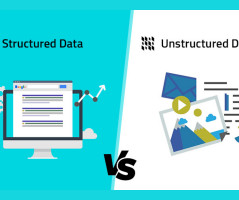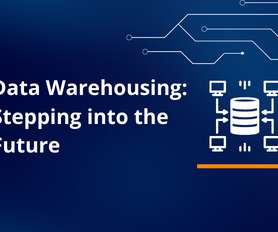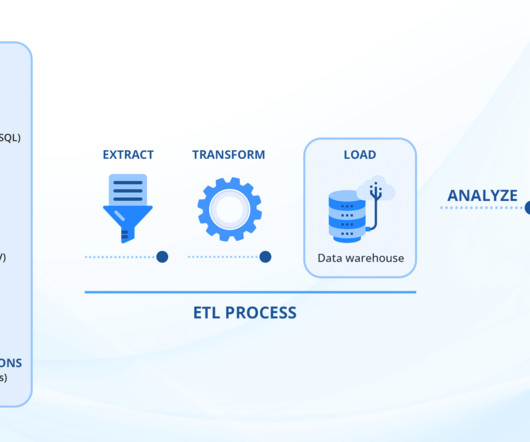What Is Data Processing? Definition and Stages
Astera
MAY 9, 2023
Six Stages of the Data Processing Cycle The data processing cycle outlines the steps that one needs to perform on raw data to convert it into valuable and purposeful information. Data Input Data input stage is the stage in which raw data starts to take an informational form.














Let's personalize your content